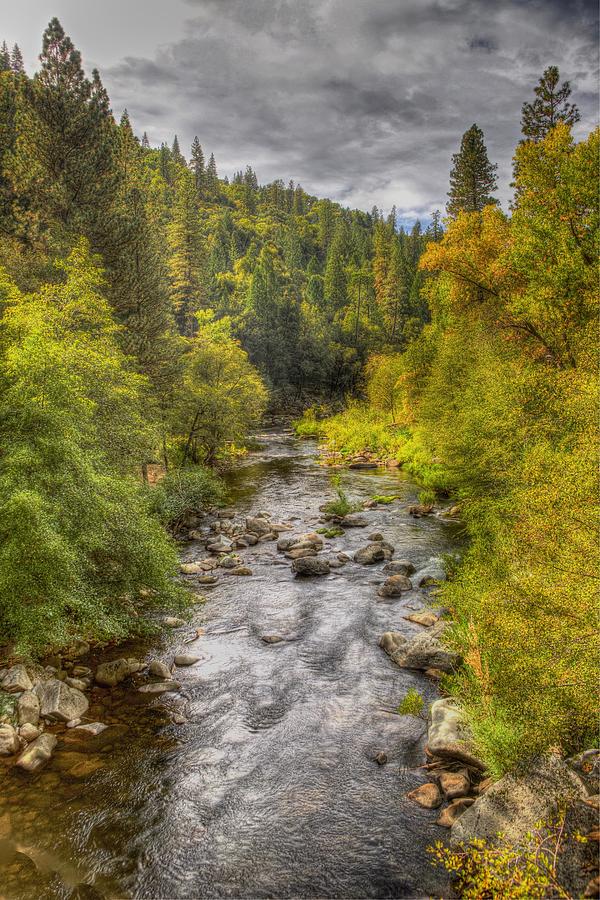

Permission may be issued by the SNA Program for the use of drones for educational or research purposes.
Drones: Flying-related activities, including the use of drones, hang-gliders and model airplanes, are prohibited. Collecting of plants including seeds, roots or other non-edible parts of herbaceous plants such as wildflowers or grasses. Collecting for scientific research requires a permit issued by the DNR Collecting of animals (other than legally harvested species), non-edible fungi, rocks, minerals, fossils,Īrchaeological artifacts, soil, downed wood, or any other natural material, alive or dead. Kettle Moraine), the activities listed below are generally prohibited on DNR-owned SNAs. Lower Chippewa River on sand bars) or horseback riding (e.g. Exceptions to this list of public uses, such as SNAs closed to hunting, are noted under the "Access" tab above and posted with signs on site.Īlthough a handful of sites allow activities like primitive camping (e.g. In general, the activities listed below are allowed on all DNR-owned SNA lands. However, please contact the landowner for more information. For non-DNR-owned SNAs, we are unaware of any vehicle or admission fees. A GPS unit or compass and detailed topographic map are useful tools for exploring larger SNAs.Įntrance fees: Excepting Parfrey's Glen, the Cambrian Outlook in the Dells of the Wisconsin River, SNAs within State Parks and some within State Forests, all other DNR-owned SNAs do not have any admission fee. Hiking trails may be nonexistent or consist of undeveloped footpaths. Parking lots and lanes are not plowed during winter. Some SNAs have vehicle access lanes or parking lots, but their accessibility may vary depending on weather conditions. The good majority of SNAs are isolated and have few or no facilities. A compass and topographic map or a GPS unit are useful tools for exploring larger, isolated SNAs. If a developed trail is present, it will normally be noted on the SNA map and/or under the "Access" tab. Trails, if present, are typically undesignated footpaths. Parking lots or designated parking areas are noted on individual SNA pages and maps. Generally, there are no picnic areas, restrooms, or other developments. Very few State Natural Areas have public facilities, but nearly all are open for a variety of recreational activities as indicated below. North Fork Pines is owned by the DNR and was designated a State Natural Area in 2010. While small in size, this site contains one of the two largest and best quality examples of a white pine-dominated forest on the Flambeau mature conifer forests are rare in this landscape. Birds include bald eagle, hermit thrush, black-throated green warbler, blackburnian warbler, and pine warbler. 
The site becomes richer and more mesic to the north and east where more mesic hardwoods begin to dominate. Snags and coarse woody debris are common. Old, well-rotted stumps are present but no evidence of any recent disturbance.

Characteristic herbaceous species include wood anemone, wild sarsaparilla, lady fern, drooping woodland sedge, Canada mayflower, rough-leaved rice grass, sessile-leaved bellwort, and American starflower. The sapling and tall shrub layer is dense with ironwood, hazelnut, and Canada honeysuckle. Situated on the North Fork of the Flambeau River, North Fork Pines features a dry-mesic to mesic forest dominated by 15-30" diameter white pine with yellow birch, sugar maple, and paper birch. Within the Flambeau River State Forest, Price County.







 0 kommentar(er)
0 kommentar(er)
